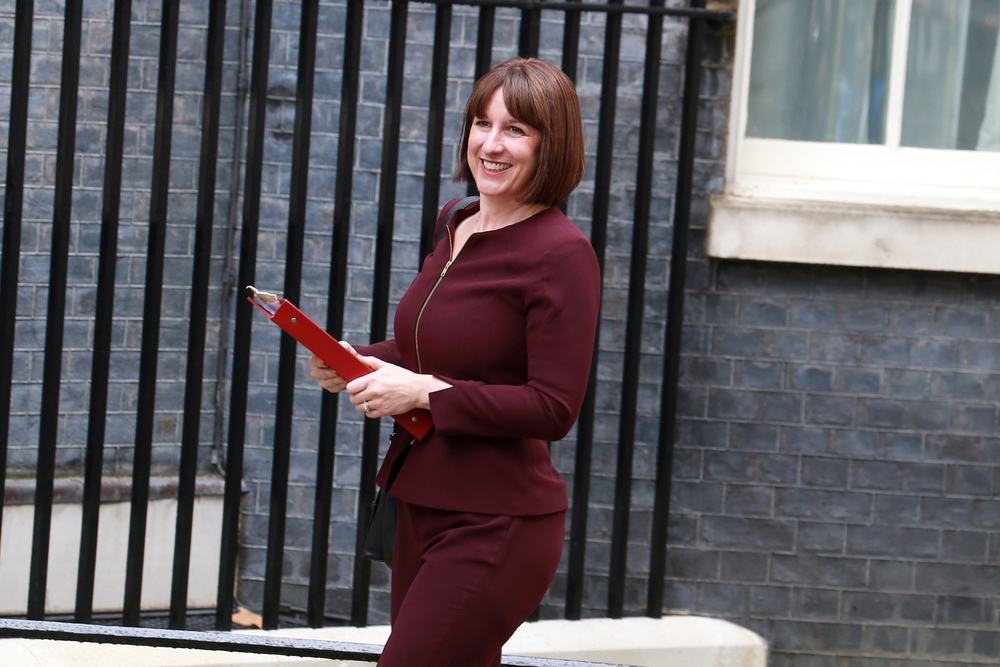
What was in Rachel Reeves' spring statement? Editorial credit: Fred Duval, via Shutterstock
Rachel Reeves has delivered the government’s hotly discussed spring statement to parliament. Owing to the chaos of the 2022 “mini-budget”, Labour desperately sought to portray this as a minor fiscal event. Yet the package of cuts trailed in the media beforehand made that a futile effort.
In this article, we look at the main points outlined in the spring statement and provide an overview of how they might affect British businesses.
The key details
Wednesday’s event was quite a grim affair. As expected, the Office for Budget Responsibility (OBR) slashed its growth forecast for 2025 (made as recently as September, remember) significantly, from 2% to 1%. Despite a slight boost to the forecasted growth in years beyond that, Reeves said she was “not satisfied” with the numbers, which also reduced her already limited fiscal headroom to mere inches.
This statement was a careful attempt to restore some breathing room. There was no scope for the kind of expansive projects outlined in the autumn. Instead, with a few tweaks to governmental spending and a serious slash to the welfare budget, the OBR now forecasts the UK current budget to reach a surplus just shy of £10bn by 2029/2030.
A few other accounting changes (efforts to improve government efficiency and an increase to defence spending) will attract some headlines. However, this was a spring statement designed to restore stability and market confidence. The bond market’s reaction will ultimately determine its overall success rather than any transformational impact on the British economy.
What it means for business
A few tepid growth initiatives aside, there was little for businesses to get excited about in yesterday’s announcement. That was partly the result of Labour’s commitment not to hold two major fiscal events in one financial year, but mainly the impact of the spending straitjacket the government found itself in.
The construction and housebuilding winners were arguably the biggest winners. That’s due to the OBR’s forecasted impact of Labour’s planning reforms, which it predicts will add 0.4% to GDP growth by the end of the decade and build over 300,000 new homes per year. As the chancellor said, this is a significant boost to GDP that requires next to nothing in up-front capital investment.
No new tax rises is good news for business. The fact remains though that the near future looks testing. The national insurance and tax changes announced last year are set to come into force next week, bringing higher overheads for thousands of businesses across the UK. They are also expected to drag on economic output and put a further strain on inflation, leaving cashflows and profit margins in the balance.
Pound weathers the storm… for now
All things considered, sterling emerged from Wednesday’s test with credit. After falling by half a cent against the euro, GBP/EUR finished the day around where it began – close to a three-week high. GBP/USD lost half a cent but it was hardly the kind of wild volatility that many had predicted.
The situation could easily change in the coming weeks and months. It took several months after the chancellor’s autumn statement for currency and bond markets to have a strop. That might be the case on this occasion as well, particularly with the world becoming even more unstable and susceptible to black swan events.
To protect against those events, and to insulate your business from currency market volatility, secure a fixed exchange rate now with a forward contract.
Alternatively, enquire today to see how our treasury management expertise could bring strategic improvements to your operations.

 020 7898 0500
020 7898 0500